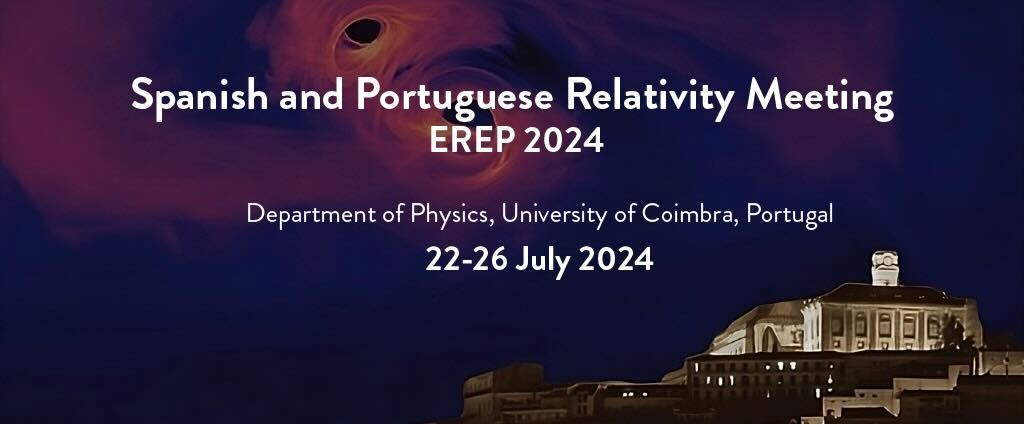Speaker
Description
1 Abstract
The study of sources of gravitational waves, which includes the capture of a compact object by a supermassive black hole (an "extreme-mass ratio inspiral, EMRI"), has been approached in relativistic astrophysics with a post-Newtonian treatment (see for example [1] for a complete description). Nevertheless, such estimation is only valid in the two-body problem. From an astrophysical point of view, a binary emitting gravitational waves is usually perturbed by other contributions. This obstacle is overcome to first order using the cross terms of the post-Newtonian corrections [2]. In this talk, we present some preliminary results and implications in the detection of EMRIs.
2 Methods and Results
Our treatment implies the use of an N-body algorithm which numerically implements the calculations of the PN1 contributions to Newtonian orbits incorporating the new cross terms (a detailed description of codes used in similar scenarios can be found in [3]). For this purpose, we simulate appropriate Black Holes which orbit an EMRI.
The system’s evolution should outstandingly modified by the addition of cross terms. This new approach suggests a potential need to re-evaluate the calculations and results implemented hitherto. Since present, such models have not considered cross terms, which focuses a further field of research. Our preliminary computations from the simulations, including for the first time such terms, appear encouraging and indicate important changes in the knowledge of the problem so far. In this presentation, we show this initial research and survey their probable inferences for increment our understanding of EMRIs.
3 Conclusions
The addition of PN1 cross terms in the computation of orbital evolution of EMRIs may modify the previous results and inferences about the idea we have of EMRIs and their possible detection. The investigation in this field seems to be promising. This work is been performed by our research team nowadays. We intend to expose new findings hereafter.
Acknowledgments
This work partially has the financial support of the Generalitat Valenciana Project grant CIAICO/2022/252.
References
[1] Amaro-Seoane, Pau, Relativistic dynamics and extreme mass ratio inspirals, Living Rev Relativ (2018) 21:4, https://doi.org/10.1007/s41114-018-0013-8
[2] Will, Clifford M., On incorporating post-Newtonian effects in N-body dynamics, 2014, https://arxiv.org/abs/1312.1289v3
[3] Aarseth SJ (1999) From NBODY1 to NBODY6: the growth of an industry. Publ Astron Soc Jpn 111:1333–1346. https://doi.org/10.1086/316455
